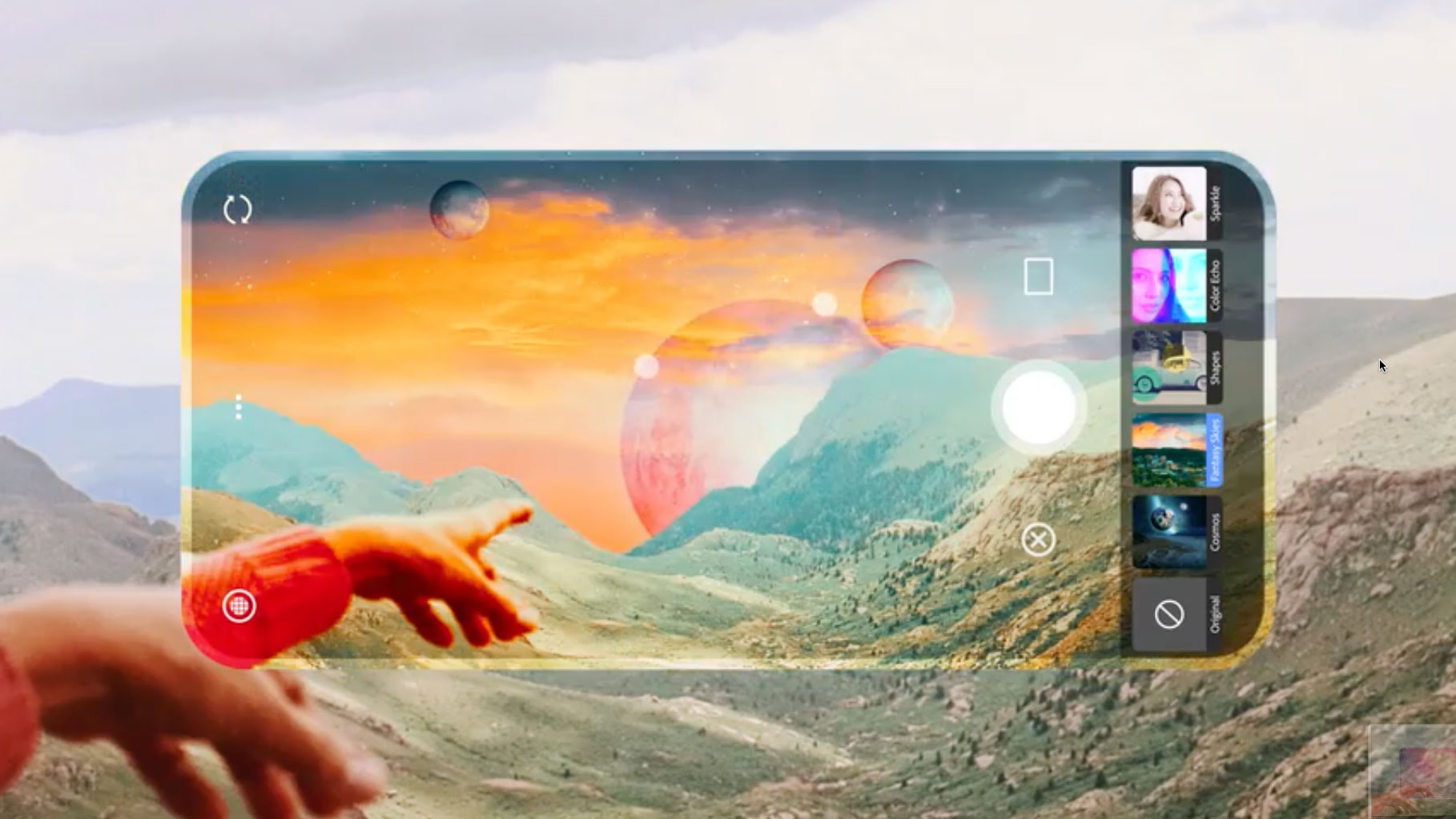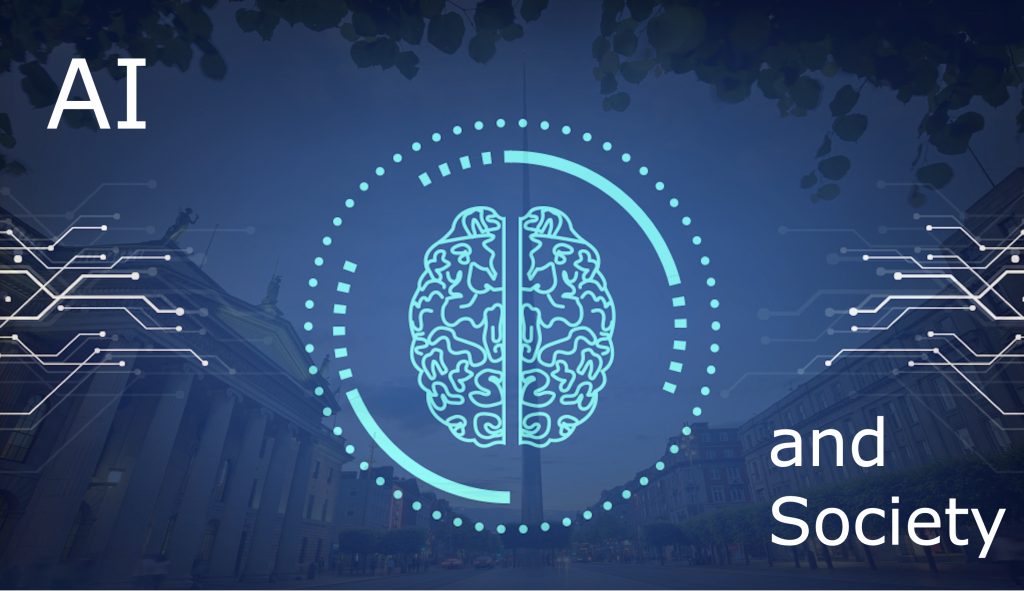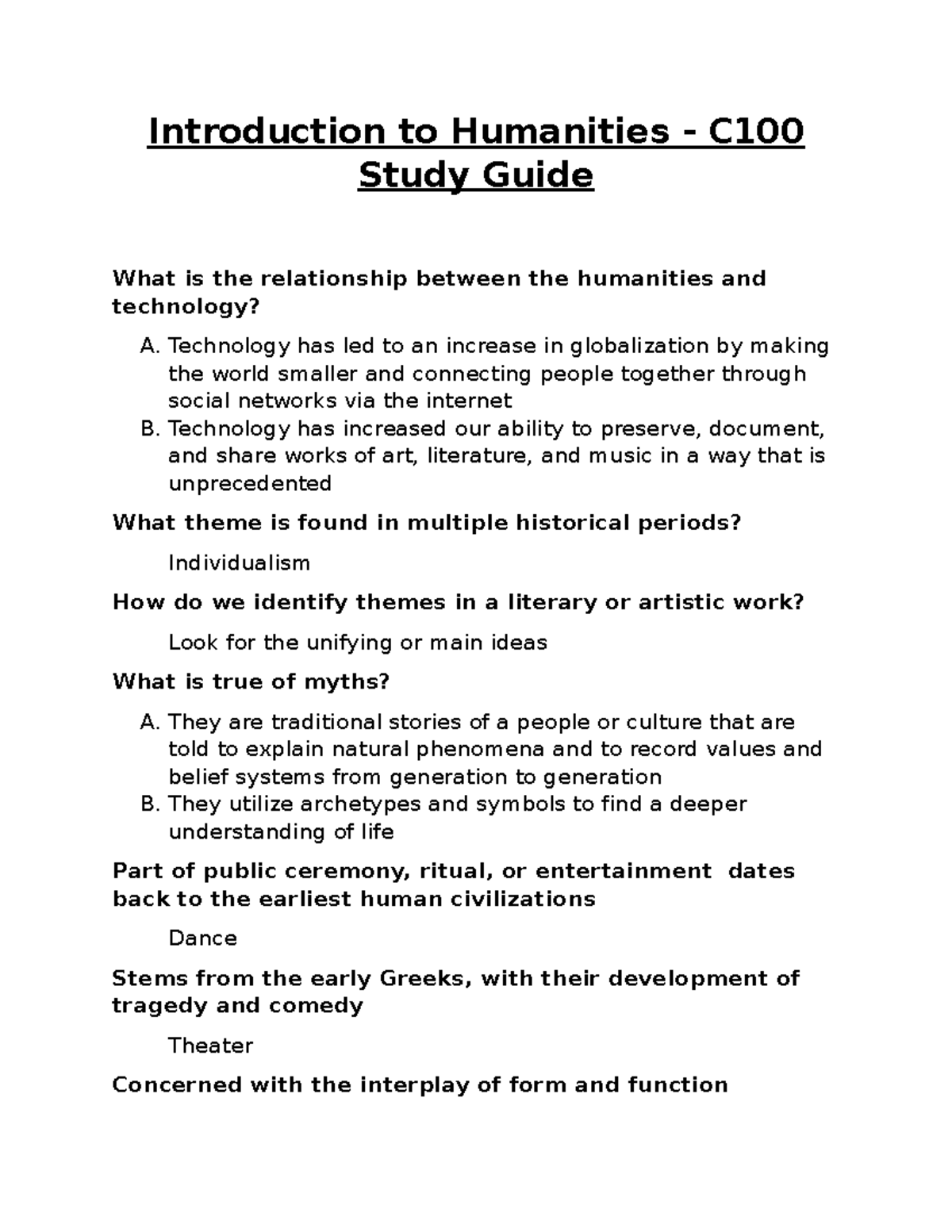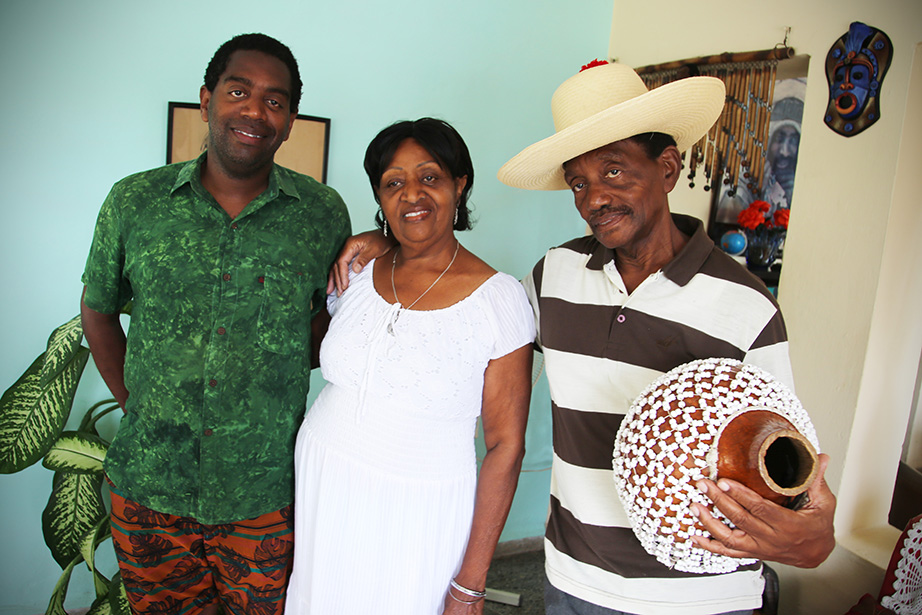AI in photography is revolutionizing how we capture, interpret, and preserve the visual narrative of our world. This innovative technology is being tested against the backdrop of photojournalism challenges, raising both opportunities and concerns about its impact on traditional practices. As journalists grapple with the intricacies of preserving photography archives, AI technology stands out as a potential solution for organizing and making accessible the vast troves of visual history. In an age where misinformation proliferates, understanding the impact of AI on photography is critical for future photojournalism endeavors. By harnessing AI, photographers can enhance their storytelling capabilities, while safeguarding the integrity of their work in an increasingly digital landscape.
The integration of artificial intelligence in the realm of visual storytelling signifies a transformative shift for image-making practices. As advancements in machine learning reshape how images are created and analyzed, the preservation of photographic legacies becomes paramount. Emerging tools harnessing AI technology for journalism provide new pathways for maintaining the integrity of photographic archives, while tackling the pressing issues of copyright and authenticity. This evolution invites reflections on the future of visual media, as professionals consider how to adapt to the rapid changes brought by AI. By embracing these new methodologies, the field can not only confront current challenges but also redefine its approach to capturing historical moments.
The Challenges of Photojournalism in the Age of AI
The rise of artificial intelligence has introduced a multitude of challenges for photojournalists, particularly in areas such as copyright infringement and misinformation. As technology evolves, the integrity of visual storytelling is at risk, with AI capable of generating realistic images that can mislead the public. This has created a sense of alarm within the photojournalism community, as professionals grapple with the implications of AI-produced images flooding media channels, complicating the already complex landscape of visual media.
Moreover, the impact of AI on photography extends beyond mere image generation; it also influences how archives are maintained and accessed. Photographers accumulate vast collections of visuals, many of which remain unseen and underutilized. As AI technology develops, the necessity for photojournalists to adapt and leverage these tools for preserving their archives is paramount. The challenge lies in integrating AI while safeguarding the core principles of photojournalism, such as truth and authenticity.
The Role of AI in Preserving Photography Archives
Photojournalists have collected an immense volume of work throughout their careers, documenting critical historical events that shape our understanding of the world. However, the fate of these archives remains uncertain. Many images are at risk of being lost due to physical deterioration and the transition to digital platforms that may not preserve the context of the original work. This is where AI technology presents new opportunities: it can assist in cataloging, organizing, and making these vast archives more discoverable and engaging for future generations.
The potential of AI in this context is substantial, as it can help uncover hidden narratives within extensive collections of photographs. By analyzing metadata, content, and even emotional nuances captured in images, AI facilitates a more immersive and dynamic approach to storytelling. For example, the ability of AI to recognize and highlight the context surrounding significant historical events adds immense value, ensuring that photographers’ legacies are honored and that their contributions to journalism are preserved.
Ensuring Ethical Use of AI in Photography
Deploying AI in photography, especially in preserving archives, raises critical ethical concerns. One of the primary issues is the risk of unauthorized use of photographers’ images to train AI models, leading to potential copyright infringement. This threatens not only the rights of individual photographers but also the integrity of their work. It underscores the importance of establishing clear ethical guidelines for the development and use of AI technologies in the field of photojournalism.
As discussions around AI evolve, it is crucial for the photography community to engage in dialogues that address these concerns. By setting ethical standards and advocating for the responsible use of AI, photographers can harness the benefits of technology while ensuring their rights and legacies are protected. This proactive approach not only reinforces the values of truth and authorship but also paves the way for a future where technology supports rather than undermines genuine visual storytelling.
Future Trends in Photojournalism with AI Technology
Looking ahead, the future of photojournalism is likely to be profoundly influenced by AI technology. As AI tools continue to innovate and improve, their role in shaping the field may evolve from a focus on generation to a greater emphasis on preservation and enhancement. This shift could enable photojournalists to not only recreate the nuances of their images but also enrich the viewer’s understanding of the context and implications of visual stories.
Additionally, the integration of AI into workflows may enhance collaboration between photographers and technologists, fostering an environment where creativity thrives alongside technological advancement. By harnessing AI effectively, photojournalists can ensure that their work remains relevant in a rapidly changing media landscape, ultimately contributing to a richer visual history that honors the complexities of the human experience.
Navigating the Impact of AI on Photojournalism
The impact of AI on photography extends beyond technological advancements; it fundamentally alters the narrative around photojournalism. As AI tools become more sophisticated, they challenge photographers to redefine their approaches to storytelling. However, these innovations also create opportunities for photojournalists to experiment with new forms of expression and engage audiences in ways that were previously unimaginable.
While there are valid concerns about the potential for AI to distort the truth, particularly in news contexts, it is essential for photojournalists to actively participate in shaping how these tools are used. Engaging in discussions about the responsible application of AI ensures that the focus remains on enhancing the integrity of journalism while utilizing technology to bring deeper insights into the images captured. This approach not only helps maintain public trust but also enriches the overall narrative of contemporary photojournalism.
Kira Pollack’s Vision for the Future of Photojournalism
Kira Pollack, a prominent figure in visual storytelling, emphasizes the importance of understanding AI’s trajectory and its potential for positive impact on photography. Her focus on preserving the legacies of photojournalism echoes the concerns of many within the industry who see the rapidly evolving landscape as a double-edged sword. In her work, she seeks to harness AI’s capabilities not just for convenience but to enhance the storytelling potential that exists within the world of visual archives.
By championing the ethical use of AI, Pollack aims to ensure that the values of truth, memory, and authorship remain central to the narrative of photojournalism. Her commitment to engaging with different stakeholders—from technologists to journalists—highlights the collaborative efforts necessary to navigate this new era. Through her dedication to ethical standards in technology, Pollack illustrates a hopeful future where AI and photojournalism coexist, fostering innovative storytelling techniques while safeguarding the essence of the craft.
The Dialogue Between Technology and Photography
As the boundaries of photography continue to shift due to technological advancements, the dialogue between artists and technologists becomes increasingly vital. Photojournalists must engage thoughtfully with AI developments, understanding both the potential benefits and risks involved. This collaborative conversation can lead to innovative solutions that enhance visual storytelling while preserving the integrity of photography as an art form and documentary practice.
Such dialogues should prioritize not only the adoption of new technologies but also the ethical implications of their use in journalism. Addressing issues related to copyright, misinformation, and authenticity is crucial for maintaining public trust in visual narratives. Photojournalists must advocate for responsible practices in employing AI, ensuring that these tools serve to elevate their storytelling rather than distort it. The future of photography depends on striking this balance.
Harnessing AI for Enhanced Storytelling in Photographs
AI technology in journalism has the potential to revolutionize how stories are told through images. By analyzing vast amounts of data, AI can assist photojournalists in creating richer narratives that communicate complex historical contexts. This capability not only makes images more accessible but also enhances viewers’ understanding of the stories being conveyed. As a consequence, the role of the photographer may evolve into that of a storyteller who collaborates with technology rather than competing against it.
Furthermore, by employing AI in photojournalism, professionals can curate their work more effectively, ensuring that critical visual narratives gain the attention they deserve. The ability to highlight underrepresented stories through AI-driven analysis can amplify voices that are often overlooked. In this way, AI becomes a tool for equity in journalism, facilitating a more comprehensive representation of events that shape our world.
Preserving the Visual Heritage of Photojournalism
The preservation of photography archives is essential for maintaining the visual heritage of our time. Photojournalists have documented pivotal moments that shape our collective memory, and without proper archiving, these stories risk being forgotten. As AI technologies emerge, there is a significant opportunity to develop innovative solutions for archiving and preserving these images efficiently and ethically, ensuring they are accessible to future generations.
The challenge lies not only in the physical preservation of images but also in contextualizing them within their historical narratives. AI can assist in this by providing analytics that enrich the understanding of each photograph’s impact and relevance. As a result, the combination of human insight and AI capability paves the way for a reinvigorated approach to archiving, where photography serves as a dynamic record of history rather than a static collection of images.
Frequently Asked Questions
What challenges do photojournalists face with AI in photography?
Photojournalists are encountering several challenges due to AI in photography, notably the risk of misinformation and copyright issues. As AI technology generates photorealistic images, it poses an existential threat to the accuracy of photojournalism. Furthermore, the potential for AI to scrape photographers’ work without consent raises urgent concerns regarding ownership and ethical usage.
How is AI technology impacting photography archives preservation?
AI technology is revolutionizing photography archives preservation by enabling the cataloging and organization of vast collections of images. This technology can help identify, contextualize, and make accessible the vital work of photojournalists whose photographs may never have been published. Ultimately, AI tools can assist in ensuring that this visual history is preserved for future generations.
What is the future of photojournalism in the age of AI?
The future of photojournalism will likely be shaped by the integration of AI, presenting both risks and opportunities. While AI poses challenges such as misinformation and copyright infringement, its potential to enhance archival preservation, contextualize images, and assist photojournalists in storytelling is promising. The key will be to navigate these developments ethically, maintaining the core values of truth and authorship.
Can AI assist in overcoming photojournalism challenges?
Yes, AI has the potential to address some of the key challenges in photojournalism, such as managing large quantities of visual data. By assisting journalists in cataloging archives and contextualizing images, AI can help preserve the integrity of photojournalism. However, it is essential to apply these tools responsibly to maintain public trust and protect photographers’ rights.
How are photojournalists experimenting with AI in their work?
Photojournalists are experimenting with AI by conducting case studies that analyze images within their archives. For example, they assess AI’s ability to interpret complex narratives in conflict photography and evaluate emotional expressions and contextual details. Such experimentation allows journalists to explore how AI can enhance storytelling while preserving the intent and legacy of their work.
What ethical questions arise with AI’s usage in photography?
AI’s usage in photography raises several ethical questions, including issues of copyright, authorship, and the potential for eroding trust in visual media. Concerns about AI scraping imagery without consent and the propagation of fake images necessitate a discussion on how to ethically deploy AI while safeguarding the rights of photographers and ensuring the integrity of photojournalism.
Why is it important to understand AI’s impact on the visual record of photography?
Understanding AI’s impact on the visual record of photography is crucial as it informs how we preserve and contextualize significant historical moments captured through images. AI can play a role in enhancing the accessibility and organization of photography archives, ensuring that essential visual narratives are protected from distortion while also reinforcing their authenticity.
| Key Aspect | Details |
|---|---|
| AI’s Impact on Photography | AI offers both threats and opportunities for photography, especially photojournalism. |
| Challenges for Photojournalists | Preservation of archives and protection against copyright issues are major concerns. |
| Kira Pollack’s Perspective | Kira Pollack sees AI as a potential tool to help preserve photojournalism history rather than just a threat. |
| Case Studies | Experiments using AI to analyze historical photos show its potential in interpreting complex contexts. |
| Hope for the Future | Engaging with multidisciplinary dialogues to shape photography’s future in the age of AI. |
Summary
AI in photography is reshaping the way visual stories are preserved and interpreted. The challenges posed by AI, such as copyright issues and the potential erosion of trust in visual media, are being countered by innovative approaches aimed at utilizing AI for the archival and contextualization of photojournalism. This technology not only promises to safeguard the invaluable legacy of photographers but also emphasizes the importance of truth and authorship in an increasingly digital world. As we navigate this new era, it’s crucial to harness the capabilities of AI to enhance, rather than undermine, the integrity of photographic storytelling.



